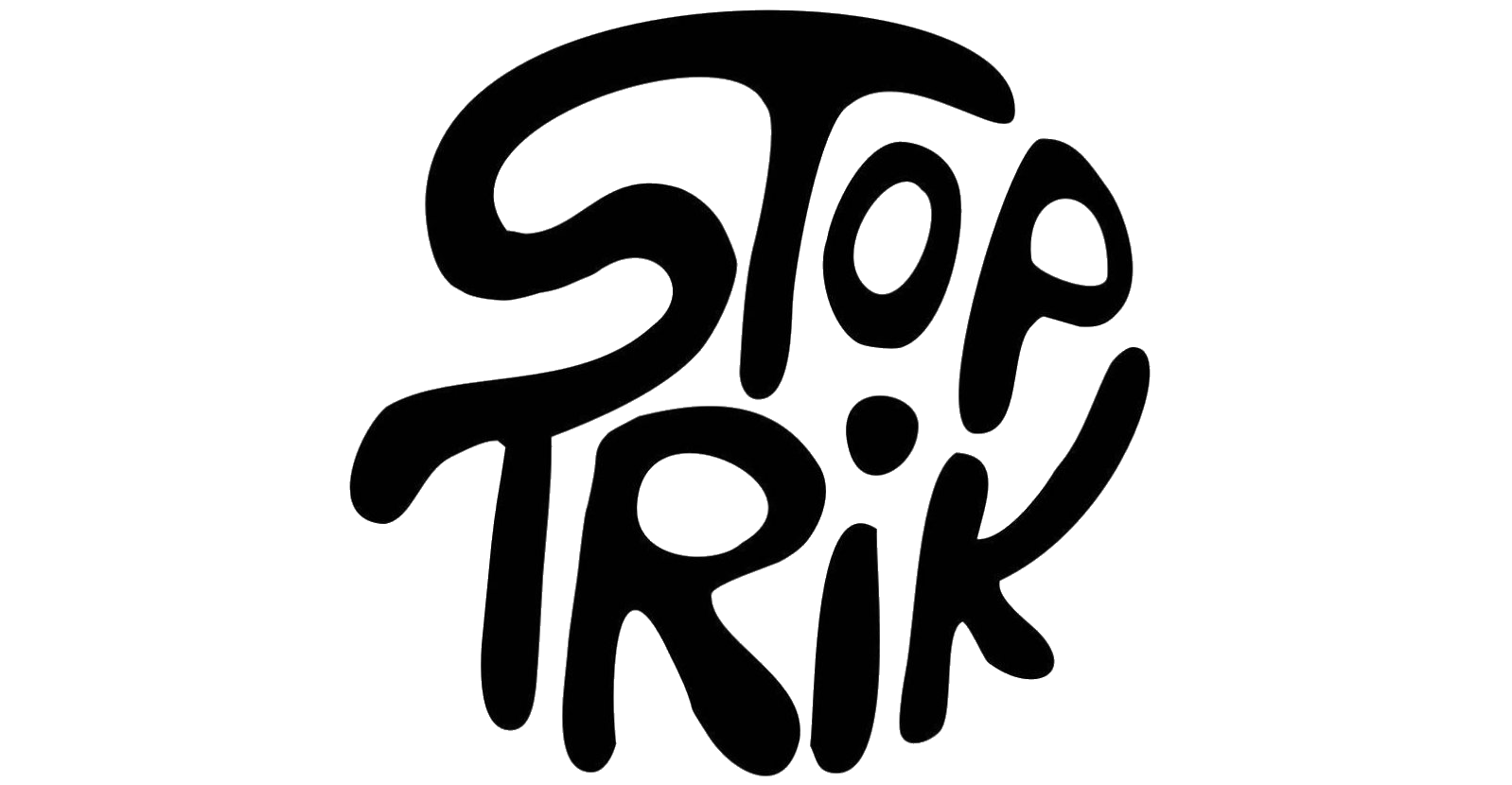The Flat / Byt / Stanovanje
Jan Švankmajer (Krátký film Praha)
1968, Czechoslovakia (Czech Republic), 13'15''
"The rebellion is expressed by the refusal to fulfill their former utilitarian functions. The accidental protagonist experiences an absurd situation, when all the objects behave against previously binding rules, as if they were engaged in a conspiracy". (Zmudziński 2016)
»Upor se izraža z zavračanjem izpolnjevanja dosedanjih utilitarnih funkcij. Slučajni protagonist doživlja absurdno situacijo, ko se vsi predmeti njegovega stanovanja obnašajo navzkriž z nekoč zavezujočimi pravili, kot da bi bili del zarote.« (Zmudziński 2016)
Recommended for children under 14: yes
Techniques: Pixilation, object animation
Written and directed: Jan Švankmajer
Producers: Erna Kmínková, Jirí Vanek
Cinematography: Svatopluk Malý
Editing: Vanda Walachová
Music: Zdeněk Liška
Actors: Ivan Kraus, Juraj Herz
Jan Švankmajer
was born on September 4, 1934 in Prague. His studies at the College of Applied Arts in Prague in the Stage Design Department and at the Prague Academy of Performing Arts in the Department of Puppetry (directing and stage design) largely predetermined his own creative development. He did not study film and its technology - perhaps this also contributed to Švankmajer’s not being weighed down by the “cinematic art” with its excessive dedication to the technical medium and resulting depressive receptiveness. In the Magic Lantern Theatre he experimented with some film procedures, including special effects, for the first time. He made his first film in 1964 at the Krátký film Studio in Prague. The creative diversity of Jan Švankmajer, however, exceeds the limits of film. The artist is active in autonomous visual expression which he has practised since the end of the 1950s. His literary expression consists mainly of scenarios and tactile poems, while his theoretical activity has focused on research of tactile phenomena and imagination. A considerable part of the imaginative strength of Jan Švankmajer consists of blasphemous black humour and a playful viewpoint which, together with extraordinary sensibility and a penetrating critical intellect, form the determining facets of his creative personality. His work, whether film, visual, or literary, is connected with the collective activities of the Czechoslovak Surrealist group.
Find more:
http://www.athanor.cz
Bogusław Zmudziński. Animation as Detonation. Anti-Civilizational and Counter-Cultural Aspects of the Philosophical Attitude of the Cinema of Jan Švankmajer. “Obsession, Perversion, Rebellion. Twisted Dreams of Central European Animation”. Olga Bobrowska, Michał Bobrowski, eds. Bielsko-Biała, Kraków, 2016, pp. 63-72.
Jiří Neděla. Dream as a Second Life. A Semiotic-Psychoanalytical Model of Jan Švankmajer’s Films. “Obsession, Perversion, Rebellion. Twisted Dreams of Central European Animation”. Olga Bobrowska, Michał Bobrowski, eds. Bielsko-Biała, Kraków, 2016, pp. 73-82.
Jiří Neděla. Elements of Propaganda in Jan Švankmajer’s Film The Death of Stalinism in Bohemia. “Propaganda, Ideology, Animation. Twisted Dreams of History”. Olga Bobrowska, Michał Bobrowski, Bogusław Zmudziński, eds. Kraków, 2019, pp. 135-134.
Bogusław Zmudziński. Jan Švankmajer against Ideology and Propaganda. “Propaganda, Ideology, Animation. Twisted Dreams of History”. Olga Bobrowska, Michał Bobrowski, Bogusław Zmudziński, eds. Kraków, 2019, pp. 145-152.

